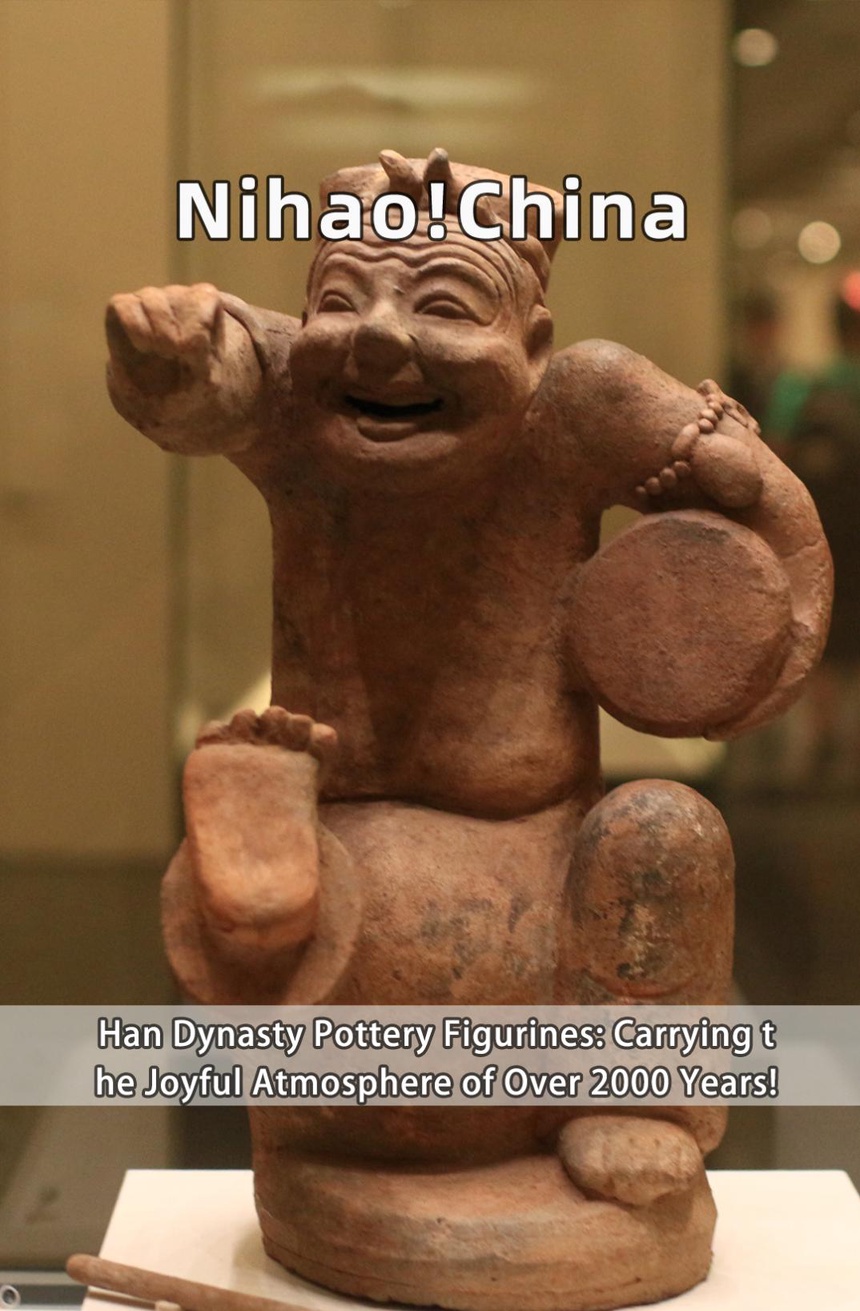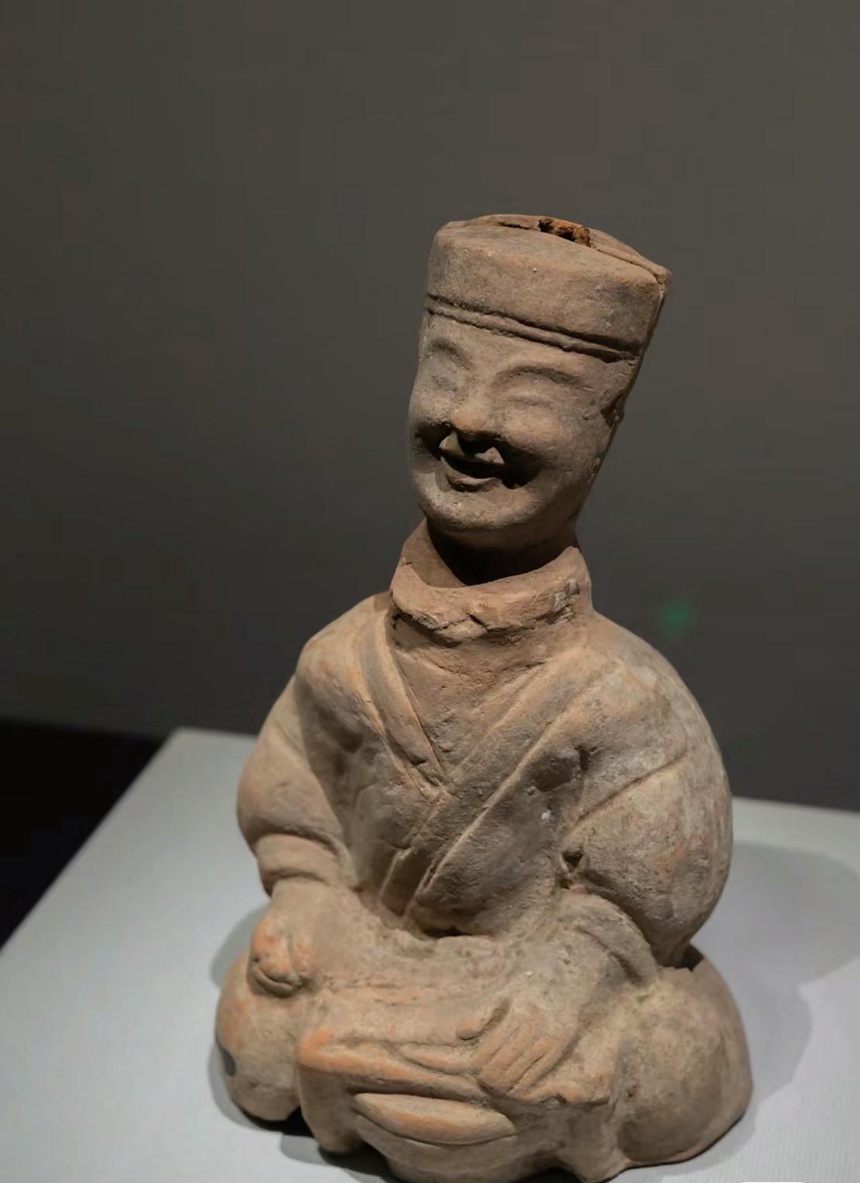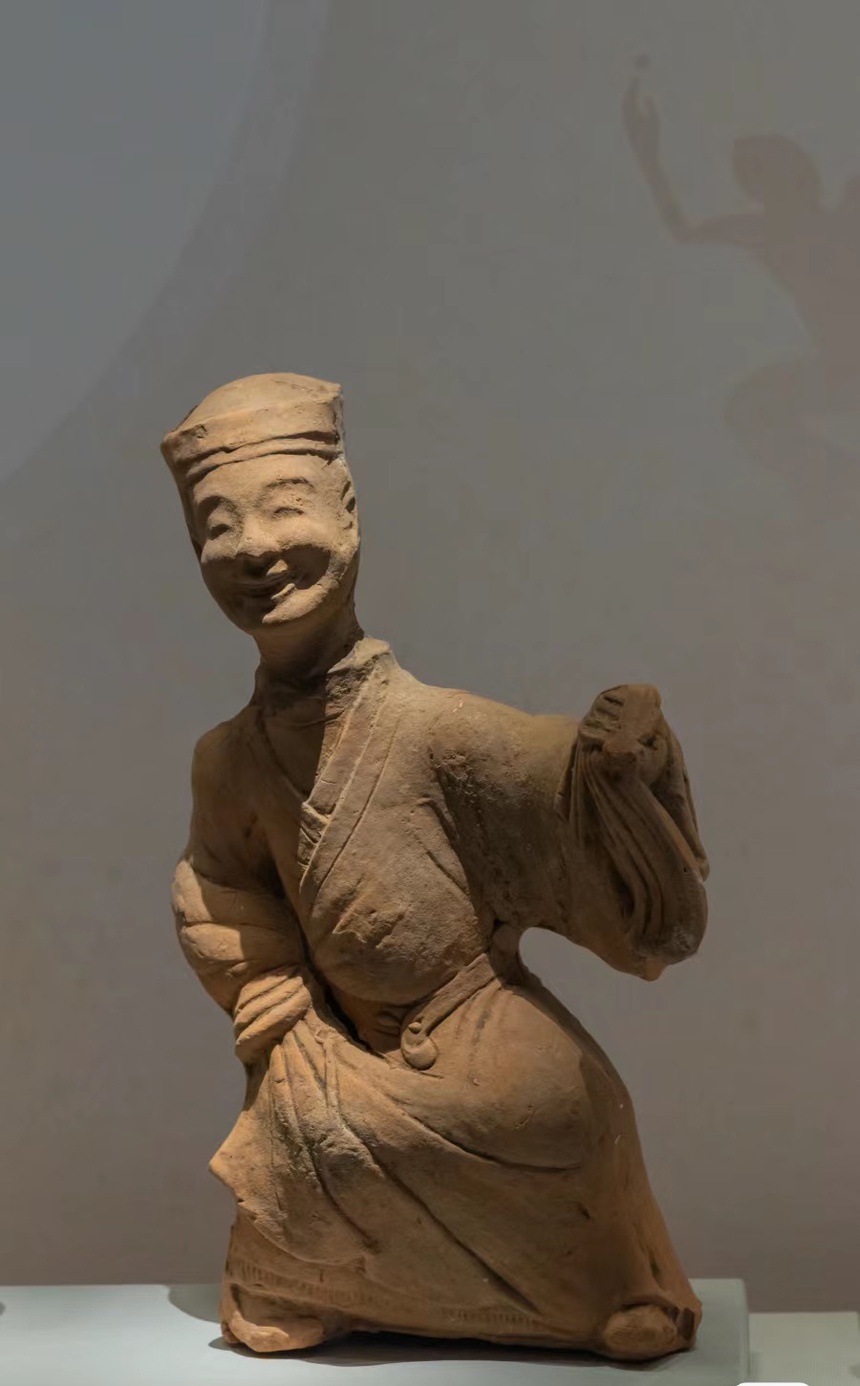 中传云资讯系统
中传云资讯系统【双语】你好!中国 | 汉代陶俑:穿越越2000多年的快乐气息!

成都作为蜀郡郡治,是西南地区政治、经济、文化中心,城市繁荣,尤其到了东汉中晚期,陶俑制造中心由西安、洛阳等地也转向巴蜀。
Chengdu, as the capital of Shu County, was the political, economic, and cultural center of the southwestern region. The city prospered, especially during the middle to late Eastern Han Dynasty, when the center of pottery figurine production shifted from cities like Xi'an and Luoyang to Bashu.

其中有一种面带笑意、充满幸福感的陶俑,有说唱俑、乐舞俑、庖厨俑、劳作俑,清洁俑等,他们有着不同的社会分工,有的演奏乐器,有的手持劳动工具,有的头上簪着蜀葵花,他们都有一个共同点就是面带微笑,成为中国雕塑史上的一道美丽风景。
Among them were pottery figurines with smiling faces, brimming with happiness. There were figurines for singing, dancing, cooking, working, cleaning, and more. They had different social roles; some played musical instruments, some held tools for labor, and some wore Shu embroidery flowers on their heads. They all shared one common trait: a smiling face, becoming a beautiful scenery in the history of Chinese sculpture.

汉代的能工巧匠以其深厚的感情与高超技巧,创造出了造型风格生动浑厚、生活气息浓郁的文化珍品,他们眉眼含笑,双唇微张,尤其值得一提的是,这种集体微笑的风格,目前仅见于巴蜀地区出土的陶俑,从侧面反映了当时巴蜀地区富庶安逸,人们乐观向上的精神面貌,表现了汉代时期人们追求美好、风趣豁达的人生态度,这些精神特质延续到今天,形成了今日四川的慢节奏、安逸和舒适的生活方式以及乐观开朗的整体性格,而这些面带微笑的陶俑,恰是四川人性格特征的鲜活呈现。
With their deep feelings and superb skills, the skilled craftsmen in Han Dynasty created cultural treasures with vivid and vigorous modeling style and rich life atmosphere. They smiled and their lips were slightly open. It is particularly worth mentioning that this collective smiling style is only found in pottery figurines unearthed in Bashu area at present, which reflects the rich and comfortable spirit of people in Bashu area at that time, and shows people's pursuit of beauty, humor and open-minded attitude towards life in Han Dynasty. These spiritual characteristics continue to this day, forming the slow pace, comfortable and comfortable lifestyle and optimistic and cheerful overall character of Sichuan today, and these smiling pottery figurines are just the vivid presentation of Sichuan people's character characteristics.